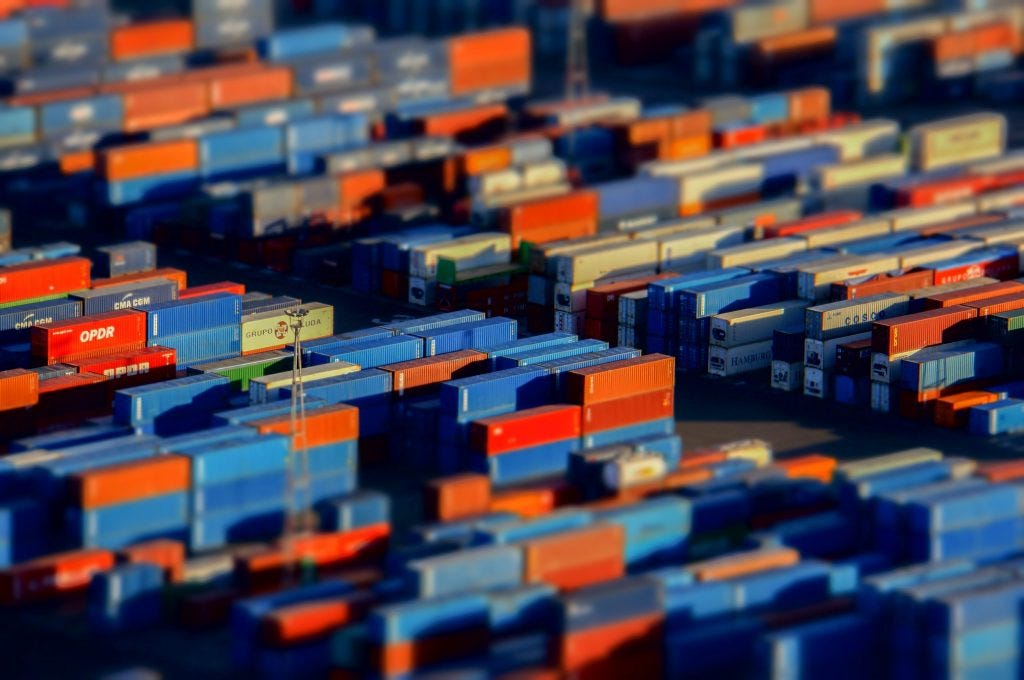Latest news about Bitcoin and all cryptocurrencies. Your daily crypto news habit.

The internet of things (IoT) is revolutionizing the world around us, from our homes through to businesses and industries. Logistics is no exception — an outstanding application of IoT is associated with the smart warehouse. In this article, we discuss how businesses adopt IoT and smart devices to radically improve their operational efficiency and transform the entire supply chain.
Warehouse automation is not new, just as automated tools at home are not new. Yet the truly smart home is a recent phenomenon, and this is true for the smart warehouse too. Smart warehousing refers to the integration of existing automated systems into a more connected and integrated whole. Thanks to IoT every item, every device, and every employee in a smart warehouse is connected not only inside the warehouse but also to wider enterprise systems and the outside world.
Practical use-cases of IoT in warehousing
The difficulty with applying a connected approach to a warehouse is this: the sheer number of individual items, pieces of equipment and individuals involved in warehouse operations.
IoT presents revolutionary optimisation opportunities because it removes any restrictions on quantity and volume: a warehouse can connect, monitor and manage an almost unlimited range of data points. All these factors are connected by robust IT infrastructure linked to your warehouse management system (WMS). Let’s look at some of the individual pieces of the IoT smart warehouse puzzle.
- Assets and inventory. Thanks to IoT a warehouse is always aware of the location of every moving part. Wi-Fi-capable sensors track the movement and use of assets across your facility. The same applies to inventory: shelf-fitted sensors and weighing devices can broadcast inventory information to your warehouse management system. The benefit for warehouses lies in that your team always know where equipment is, and what your inventory levels are. For example, expensive picking mistakes occur when inventory is not where it is supposed to be. IoT offers the opportunity to eliminate this time-wasting error.
- Wearable devices. DHL has implemented wearable IoT devices to monitor the health of its employees in an effort to support employee health and safety. DHL’s network of IoT devices taps into its smart warehouse system, processing data to suggest rest periods and to watch against fatigue. Warehouses are vast operations with workers in spread-out locations, in contrast to a closely-clustered office floor. Thanks to IoT it is easier to gather knowledge about your workers to improve efficiency and safety. IoT devices can also be used to monitor employee performance as long as privacy concerns are taken into account.
- Warehouse robotics. The warehouse knowledge and insight that IoT brings means that robotic automation is becoming increasingly prominent inside the smart warehouse. Indianapolis fashion company Lids was an early adopter, using IoT-enabled robots to do the picking and packing previously done by humans. This robotized, connected approach means warehouses can use human effort where it is most valuable. IoT lets machines take over the mindless, repetitive tasks warehouses are known for.
IoT requires a technology infrastructure
IoT devices offer an enormous amount of raw capability, but harvesting this capability requires a concerted effort. To enjoy the gains and benefits that IoT brings to the smart warehouse your business must be engaged with a technology partner which knows how to exploit the potential of IoT devices. It’s clear from the above examples that IoT is transforming the way warehouses functions. ELEKS has deep experience in transformative technologies across the logistics industry.
Ready to embrace what IoT can do for your warehouse? Let’s discuss your need and challenges.
Originally published at eleks.com on June 7, 2018.
How to Create IoT-enabled Smart Warehouse was originally published in Hacker Noon on Medium, where people are continuing the conversation by highlighting and responding to this story.
Disclaimer
The views and opinions expressed in this article are solely those of the authors and do not reflect the views of Bitcoin Insider. Every investment and trading move involves risk - this is especially true for cryptocurrencies given their volatility. We strongly advise our readers to conduct their own research when making a decision.
